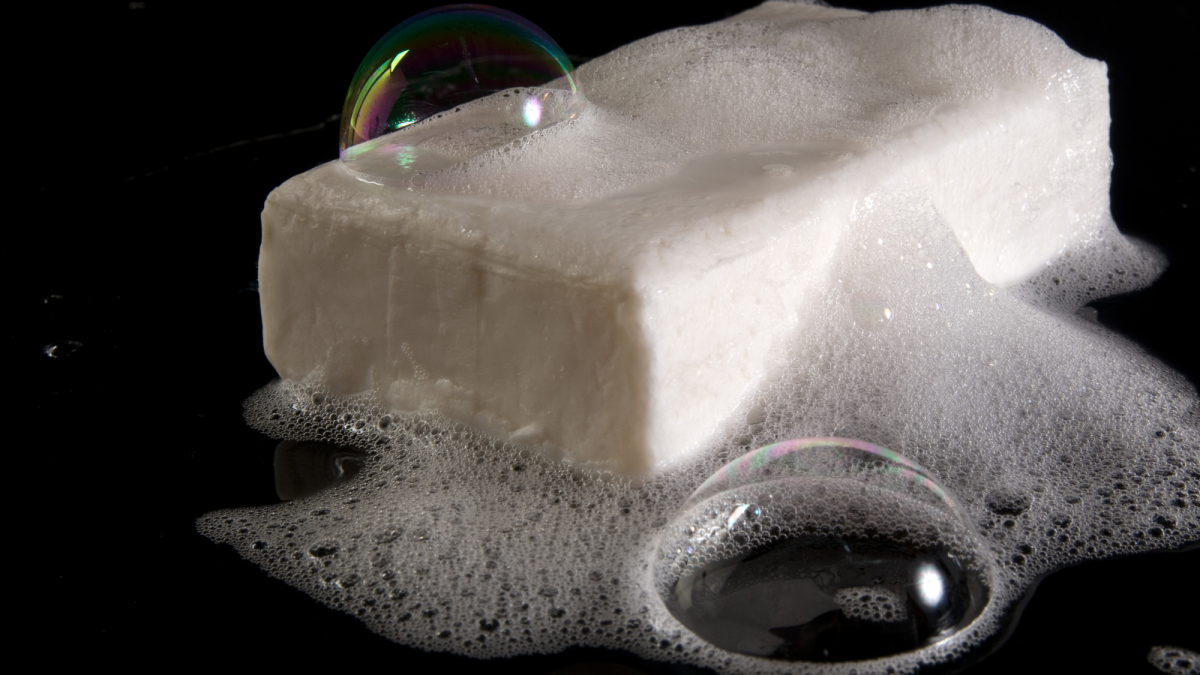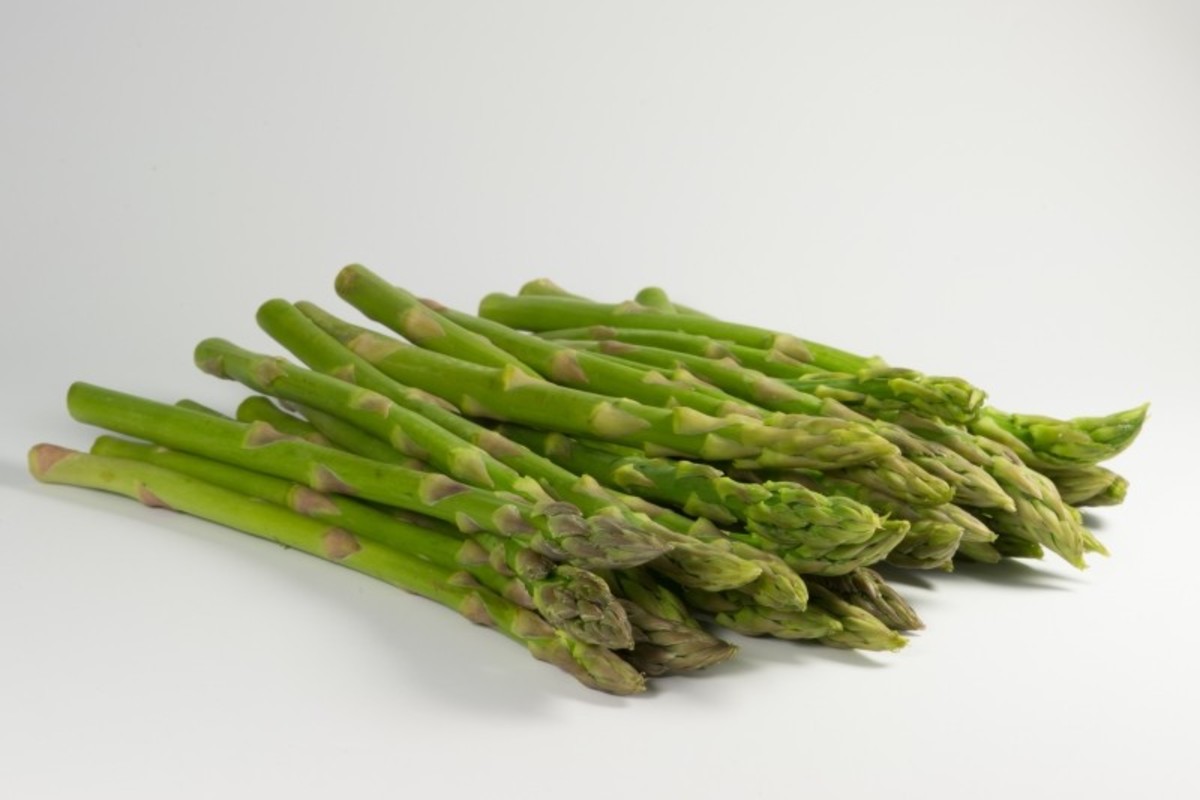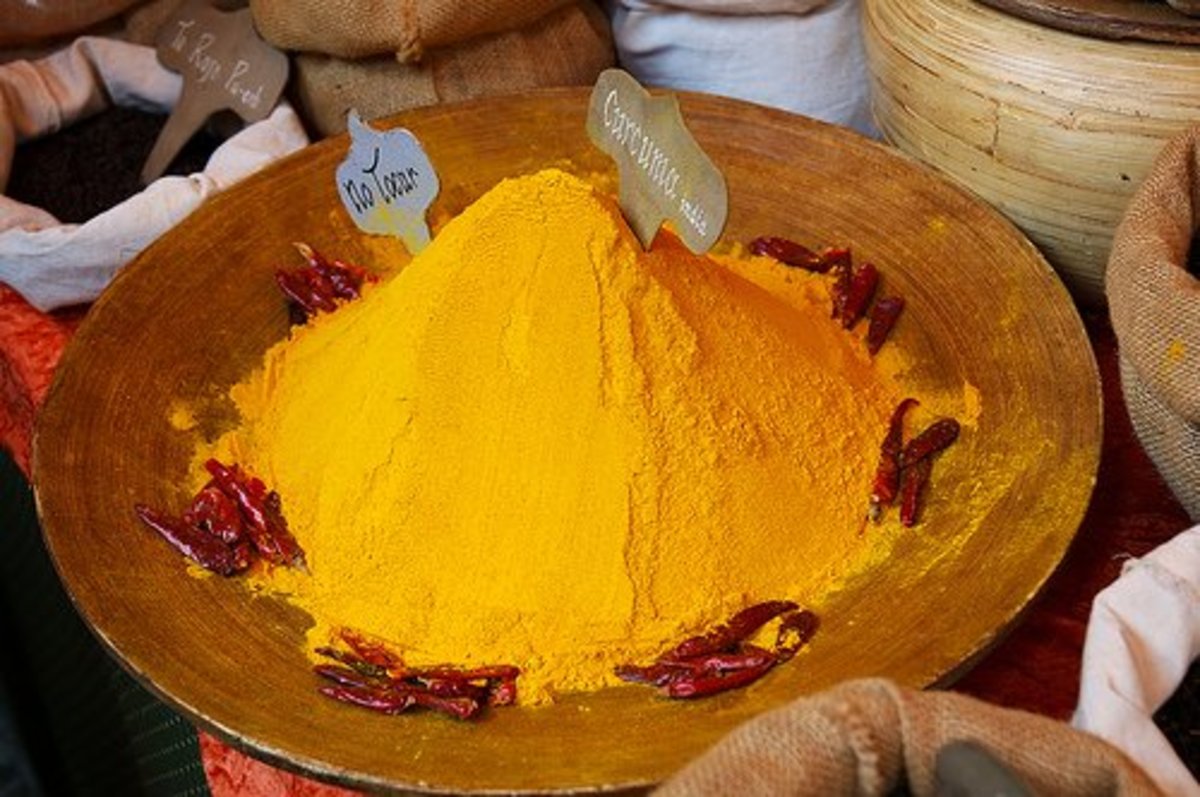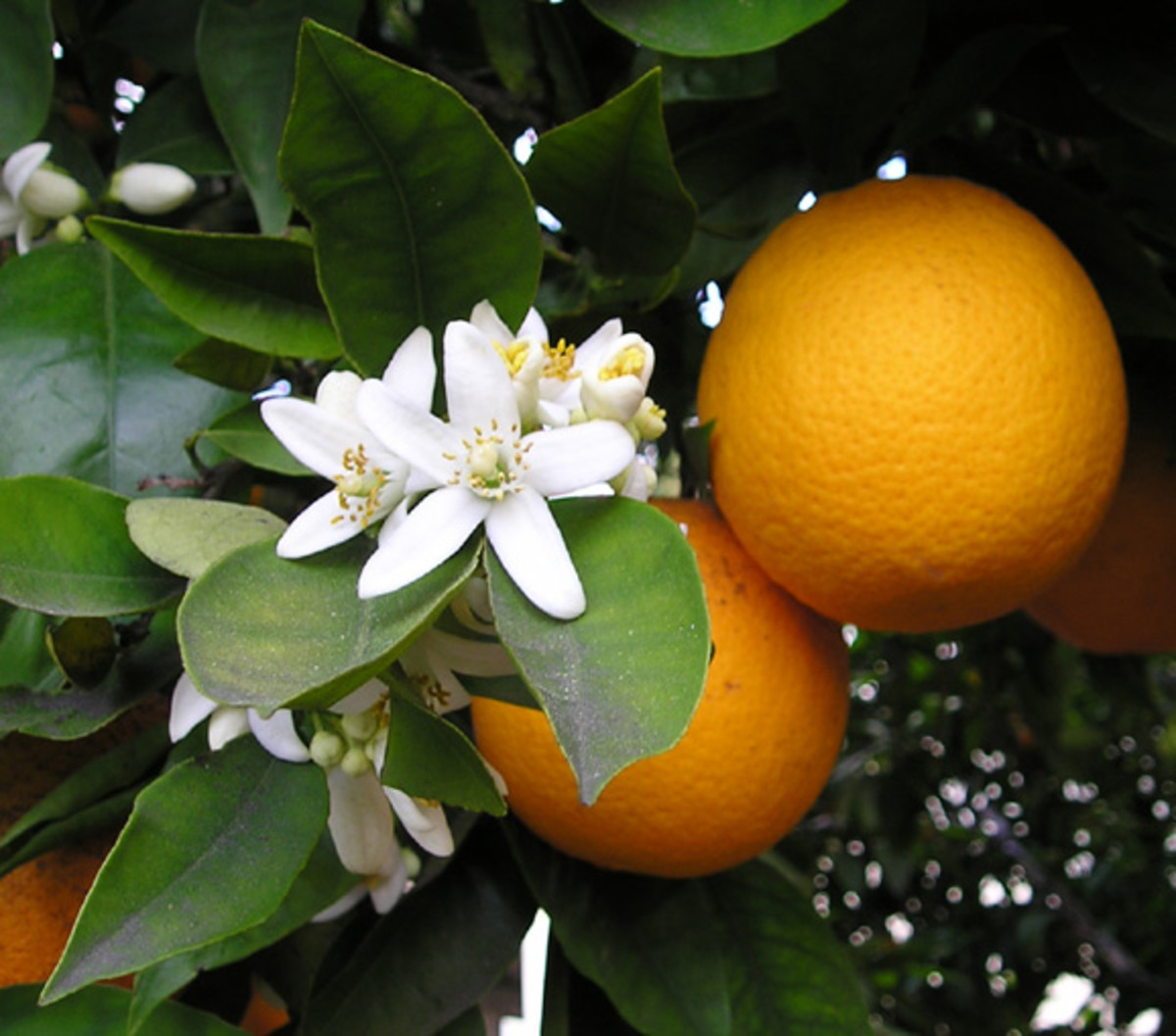How to Maintain Your Skin's pH Balance
Just as our skin has an optimum pH value so does our blood.
This was the view of Dr William Hay, one of the pioneers of food combining. Whereas our skin is naturally mildly acidic, Hay proposed that good health goes hand in hand with blood that has a mildly alkaline pH of around 7.5.
If blood pH drops below 7 and becomes slightly acidic we are more likely to feel tired, irritable and susceptible to health problems.
Many factors including stress and the kind of foods we eat can affect the blood pH value. Hay suggested that the diet most conducive to natural vitality and radiant skin is composed of alkaline- and acid-forming foods in a ratio of 4:1.
Seasonal Supplements
Seasonal weather changes can stress the skin but adjusting your diet throughout the year helps it to cope from within.
Drying winter conditions call for a dietary boost of essential fatty acids and beta-carotene or vitamin A to help keep the skin soft and supple. At this time of year eat plenty of seeds, nuts, oily fish, orange fruits and vegetables.
In the summer months when the UV rays are strongest and at their most damaging, skin will benefit from extra antioxidant nutrients which protect against sun damage. Seek out foods rich in vitamins A, C, E, selenium and protective plant carotenoids in tomatoes, spinach, kale, pumpkin, carrots, broccoli, sweet potato and cantaloupe melon.
Take two tablespoons of flax oil every day during the winter months. Use it in salad dressings and pour over steamed vegetables. Never cook with this oil as heating destroys its essential nutrients.
Eat fruits and vegetables that are in season. This has two important benefits. Firstly, the fresher they are the more nutrients they contain.
The longer the time spent in transit and storage, the higher the loss of certain nutrients particularly vitamin C and certain B vitamins. Secondly, nature also has a habit of providing us with what our bodies need at the right time. Root vegetables in the autumn and winter are rich in energy-sustaining carbohydrates, summer fruits bursting with moisture, vitamin C and antioxidants are just what's needed in the hotter months.
Go with the flow. In Chinese and Indian medicine the kind of diet that preserves balance changes throughout the year. What you eat should therefore reflect the seasons. In winter, Yin energy predominates. This is a time for eating warm, cooked foods like stews, casseroles and bakes prepared from beef, lamb and root vegetables. In summer, Yang energy predominates. This is a time for eating cooling, uncooked foods such as raw vegetable salads and succulent fruits like watermelon.
In spring and autumn go for a combination of Yin and Yang foods. Try lightly cooked dishes of chicken with seasonal vegetables and eat plenty of fresh fruit - cherries, grapes, peaches, pineapples and plums.
These are general guidelines for maintaining a sense of wellbeing and keeping the skin looking its best. A Chinese herbal practitioner will go into much greater depth when looking for the source of imbalance that gives rise to a particular skin problem. In addition to making dietary recommendations, he or she may prescribe various herbal remedies designed to bring the energies back into balance.
- How to Keep Your Skin Smooth
While softness is superficial, skin's smoothness is defined at a deeper level. Lying beneath the epidermis is the dermal layer which gives skin its spring and suppleness. The dermis is intimately... - How to Keep Your Skin Looking Fresh and Clear
To keep skin looking fresh and clear, a good cleansing regime goes hand in hand with steps that preserve inner purity. Nowadays our bodies are increasingly bombarded with pollutants and chemicals which...








